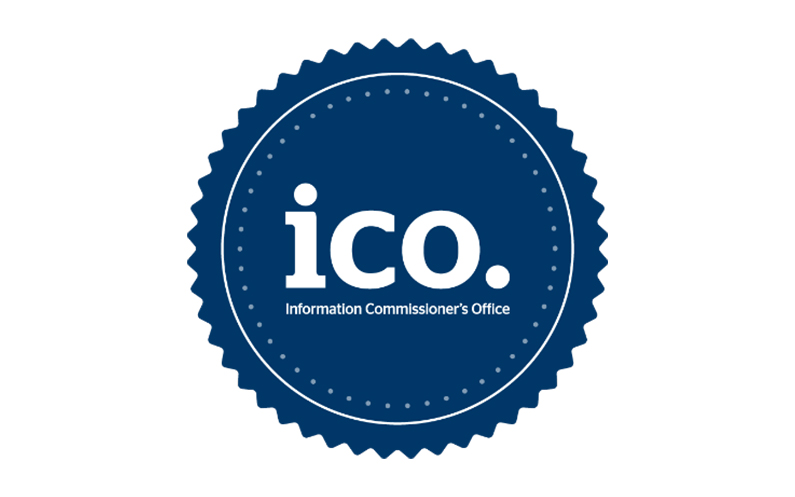To help you create compelling content as a copywriter, I’ve gathered insights from thirteen industry professionals, including copywriters and content directors. Their advice ranges from understanding and addressing user intent to relating and empathising with your audience.
Table of Contents
ToggleUnderstand and Address User Intent
One thing I focus on when writing compelling content is user intent. For a particular subject, what type of questions will the target audience type in the Google search bar? Are they still in the research phase, or do they already have some knowledge? I also like to use the “People also ask” and “Related searches” on the results page to my advantage—they provide clues to other types of valuable questions.
Then, I do my best to answer those questions in my content in a way that’s unique, helpful, and easy to understand. The internet has enough copied material, so find a way to stand out while helping your audience at the same time.
Thalana Bradley, Copywriter, Editor and Proofreader, Naturally Write
Focus on the Audience’s Needs
When I sit down to write practically any copy, I always make sure to focus on the audience. Who is going to read the copy, and what should they get from it? By focusing on the audience, I can better determine the tone, complexity, and intent of my writing. I find that defining and understanding the audience needs to be the first step before writing. One needs to know who they’re trying to compel to craft copy that aligns with the reader’s values and piques their interest.
Mark LoProto, Freelance Writer, Copywriter, and PR Rep, LoPrototype Productions
Excite with the Topic
I have not one, but two things. First, I must have a good understanding of the topic I am writing about. It’s impossible to captivate the reader if I don’t know what I’m writing about. So, a few hours of research is a must. During this time, I saturate my brain with data and focus on the topic without distractions. The brain needs at least 24 minutes to concentrate.
After that, I look for something around the topic I’m writing about that surprises or excites me. With this energy, I can easily give out an introduction and then just follow the inertia from there.
Tetiana Havrylina, Copywriter, DDI Development
Echo the Audience’s Thoughts and Feelings
As a copywriter, I try to put myself in my audience’s shoes and echo their thoughts and feelings. I dig deep into their lingo and jargon, so when I write, it feels like I’m talking directly to them. I focus on their world, their problems, and their words. That way, my content clicks with them, and it’s like I’m reading their minds—which makes for some pretty compelling copy!
Vicky Smith, Email Strategist and Copywriter, Flic Email
Tap into Life Experiences
In writing compelling content as a copywriter, I tap into deep empathy and relatability. It helps to immerse myself in the shoes of the target audience, understanding their desires, challenges, and emotions.
By understanding their life experiences, I can weave narratives that resonate on a personal level, establishing a genuine connection. This approach enhances connection and fosters trust, making the content more impactful and persuasive for intended readers.
Mary Sisco, Copywriter
Use Storytelling for Emotional Connection
As a copywriter, I spend a lot of time reading other people’s content and analysing it to keep producing better content myself.
Compelling content is usually the stuff that’s interesting and easy to read because it has a story. I’m a big fan of using storytelling in my content because it always conveys the emotions, connection, and message that you mean to make over any other writing technique.
Whether it’s telling a story about something I’ve done or experienced to make a point that relates to my key message or it’s sharing a story about my client in something like a case study, stories really do land well with readers for so many reasons. Humans are, ultimately, storytellers, and we do love a good story when it’s delivered to us!
Sarah Wayte, Copywriter and Brand Photographer, Sarah Wayte Creative
Juggle Multiple Elements for Compelling Content
When you’re crafting a direct-mail sales letter, you have to juggle a dozen balls, all of which must conspire to motivate your audience to take action.
How? Well, first, you’ve got to get your audience to believe you are from the same tribe so they trust you. That means speaking in the same vernacular that they speak. You need to present your features and benefits like a buffet at a wedding, so they can poke around and find what they most desire.
And, finally, you’ve got to present an offer so compelling they cannot say no… because if they do, someone else will walk off with all the diamonds, and they will be left holding a lump of coal. If you neglect any of these steps, you’ll get bupkis for a response.
Josh Manheimer, Direct Mail Copywriter, J.C. Manheimer and Company
Aim to Provide Value, Not Sell
When I’m creating content, my primary goal isn’t to sell or issue a call to action. Instead, I aim to provide value to the reader by either explaining something, giving them actionable tips, or sparking those “ah-ha” moments that leave a lasting impression. If you are known for delivering value, then people will naturally gravitate towards you when it comes to buying.
Catherine France, Owner and Insurance Copywriter, Catherine France – Insurance Copywriter
Identify with the Subject & Target Group
The more you can identify with the subject of your content, the more compelling your copy will be. It is passion and understanding that drive great creative and convincing writing, which is one reason why copywriting should always include thorough research. We don’t always write for something we use or consume ourselves.
That’s when understanding who the readers are and what the target group thinks and acts like can help us navigate uncharted waters. Researching, reading reviews, diving into Reddit boards, and even trying to talk to users can be the most helpful steps to writing great and compelling copy.
Johanna Rüdinger, Creative and Art Director, Copywriter, Studio Johanna Rüdinger
Reflect the Reader’s Problems & Feelings
Make it relevant to the reader. People don’t read things that seem boring to them, and the quickest way to bore someone is to talk about something that doesn’t matter to them. Empathy and research are two killer ways to create more compelling content and copy.
By getting into the mind of your reader and understanding their specific problems and feelings, you can reflect them on the page. It’s like you’re having a one-on-one conversation with them instead of shouting into the void. It makes your reader feel seen, understood, and instantly builds trust.
Nikki Trailor, Launch + Funnel Copywriter + Strategist, Nikki Trailor
Write for the Customer’s Understanding
Despite what you’ll see on LinkedIn, a copywriter’s job isn’t to write for other copywriters—or anyone else in advertising, for that matter. Our job is to write for customers and get them to take action.
So, before you get too artsy, too cutesy, or too caught up in creating a “distinctive brand voice,” ask yourself: Will the customer understand what this message means? Will they understand what we’re promoting? Will they understand how it applies to them? And, of course, are we doing enough to make the customer feel a connection?
Never lose sight of your customer because that’s the only perspective that matters.
Noelle Hartt, Freelance Copywriter, Noelle Hartt
Know Your Audience & Their Motivations
There are so many things to focus on, but my audience is probably number one. Really understanding who they are, what they want, and what motivates them is what helps me generate ideas for how to connect and understand what would be the greatest benefit of a product.
The times I have trouble coming up with ideas or I feel blocked, it’s usually because I don’t totally understand the product or I don’t fully know and understand the audience. I really try to walk in their shoes for a while, and thinking of someone I know who’s in that audience definitely helps with that.
Jackie Chism, Content Director, Lead Copywriter, Liger Partners
Relate & Empathise with Your Audience
Forget about creating perfect lines. Just be relatable. Sure, the numbers and data are essential in testing and recreating copy that converts well. But when you really think about it, it’s simple…
How can you relate to your audience? What do they want to hear? What are their fears, their beliefs about themselves, their dreams? In my opinion, people just want to feel heard and seen.
The more you empathise with your audience, the more trust you will create. Focus on what your audience says in testimonials, Facebook groups, and focus groups. Pull tidbits from there and string them together with simple copywriting lines to encourage action. Sometimes, the best thing you can do is listen.
Jessica Chudzinski, Copywriter
The Bottom Line
There should be a lot of thought that goes into content even before the pen metaphorically hits paper. I say that as I’m typing out the words on my computer with gritted teeth. If you want to chat about some upcoming content you have to bounce some ideas around, feel free to reach out about my content writing services in the UK.







